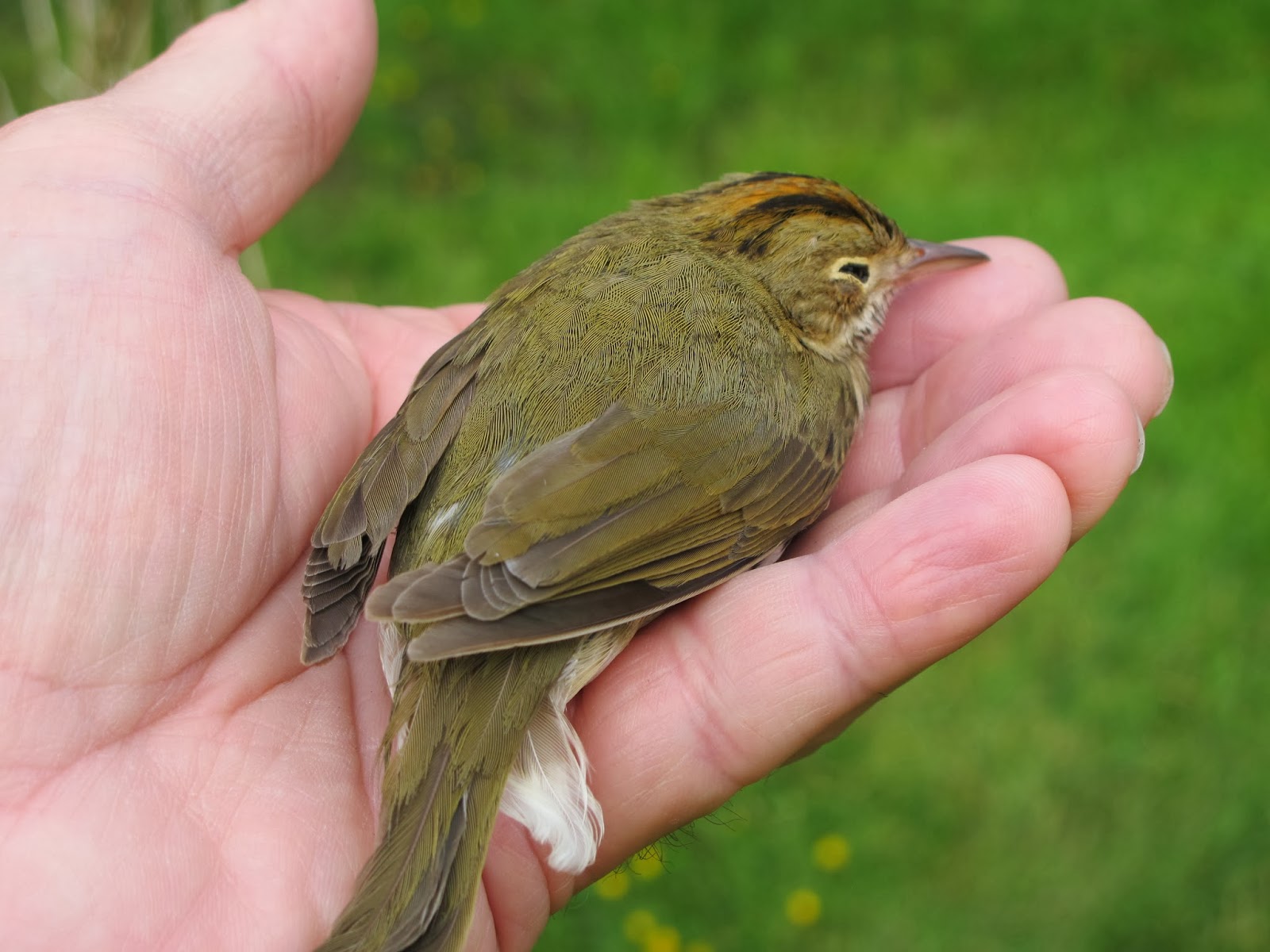Painstaking Lessons Of Info About How To Look After An Injured Bird

Place the box away from noise, pets, children or other.
How to look after an injured bird. Lay something soft in the bottom, and make sure the box is warm to the touch (so leave the box in an airing cupboard or underneath a radiator). But first, you must determine if the bird is sick or injured. If you are instructed by an expert to transport an injured bird, there are a few dos and don’ts to getting it safely to its destination, according to marthaler:
Protecting the bird safe haven creation gentle handling. While our instincts may compel us to rush in. Hold off on food and water.
Your rescue may instruct you to give the bird sustenance while you wait to connect him with an expert, but don’t jump the gun on. Birds go into shock very easily when injured, and. Where possible they should be returned to their nest.
If you find a bird with broken wing, leg, or any form of wound, then you have the option to call a local wildlife rehabilitator, or care for the fowl yourself. What to do if you find an injured bird or fledgling? Evaluating the bird’s condition distance observation determining age and injury method 2:
Look for any visible signs of injury, such as blood or broken wings. It's very common to find baby birds on the ground in spring and. Look for any deformity, unusual wing positions or lameness.
Mistle thrush baby garden birds nestlings (baby birds without feathers) should not be out of the nest and will need help. If you find a bird that you suspect to be sick or injured, you should first check whether it is an adult or baby. Assess the situation when encountering an injured bird, the first step is to determine if the bird truly needs assistance.
Without touching the bird, and keeping a bit of distance, look for these signs: A charity is appealing to reunite a lone budgie found at the national space centre with its owner. If you find an injured bird, carefully put it in a cardboard box with a lid or a towel over the top, and place in a cool, safe place.
As a general principle, never try to look after an injured animal or bird unless you are skilled to do so and have the necessary permission from the relevant authorities. When assessing the bird’s condition, it is important to be careful and observant.

















